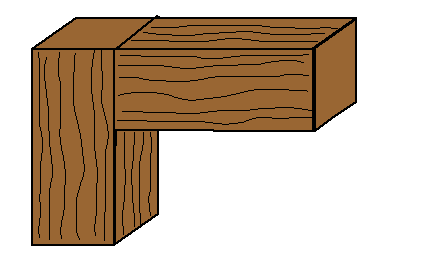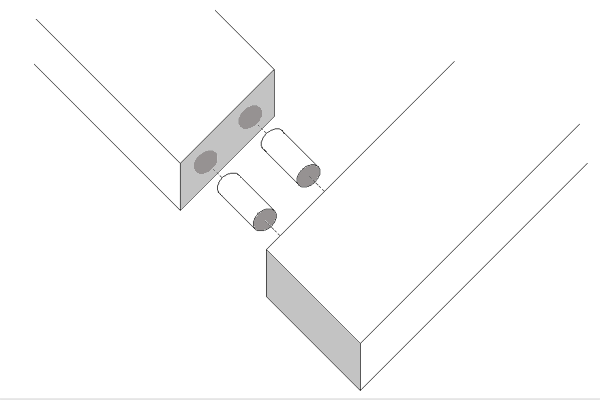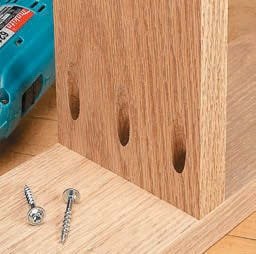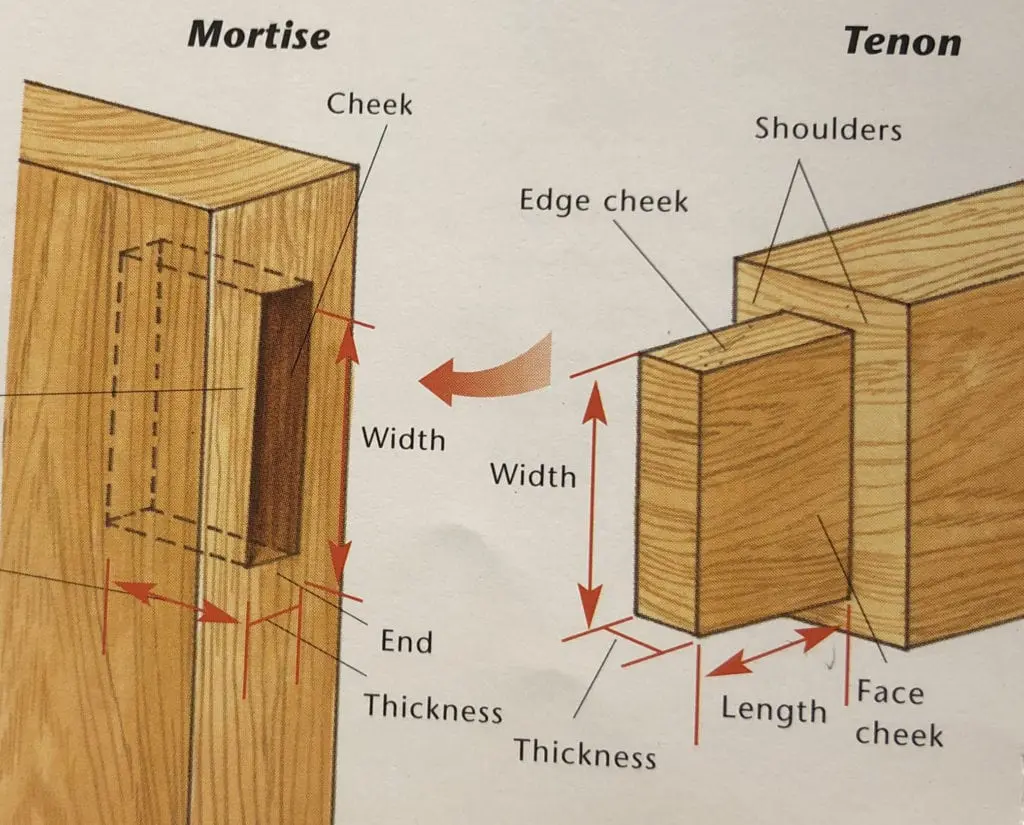So, you’ve decided to dive into woodworking? Great choice! But before you start, let me warn you—woodworking can be like quicksand for your wallet. There are so many tools, bits, clamps, and accessories out there, and if you’re not careful, you’ll go from “I just need a saw” to “How did I spend $500 on fancy measuring squares?”
The good news? You don’t need a massive workshop filled with expensive gear to make awesome projects. You can do a ton with just a few basics:
Square – Because crooked cuts make wobbly furniture.
Drill – Your best friend for making holes (on purpose).
Circular Saw – A versatile workhorse that can handle most cuts.
Drill & Bit Set – Because screws without pilot holes are just bad manners.
Clamps – Think of these as extra hands that don’t complain about holding things.
Japanese Pull Saw – Cuts on the pull stroke, making you feel like a samurai of woodworking.
Mallet – Because sometimes, things just need a little “persuasion.”
Joinery: The Art of Making Wood Stick Together
"Joinery" is just a fancy term for how two boards come together. Think of it like relationships—some joints are strong and built to last, while others… well, let’s just say they need a little extra support.
If you’ve ever assembled IKEA or Wayfair furniture, congratulations! You’ve already mastered the butt joint. It’s the simplest way to join two boards—just slap them together at a 90-degree angle and hope for the best.
Butt Joints: The "Good Enough" Option
👍 Pros: Easy to measure, cut, and assemble.
👎 Cons: Not very strong, especially against shear forces.
That said, butt joints with screws are totally fine for many projects—like shelves, small tables, or anything that doesn’t need to survive the apocalypse.

Dowel-Reinforced Butt Joints: Fancy But Still a Butt Joint
If you want to upgrade your butt joint (without going full-blown fancy carpenter), adding dowels is a great option. The dowels help strengthen the joint and keep your boards aligned—assuming, of course, you drilled your holes straight.
(If you didn’t, congratulations! You’ve invented the world’s first accidental modern art sculpture.)

Pocket Holes: Woodworking’s Cheat Code
Pocket screws are another popular way to join wood. A special jig helps you drill holes at an angle, so your screws go in like tiny little ninjas, pulling the boards together securely.
Fun fact: Pocket screws are actually stronger than drilling straight in at 90 degrees. Science, baby!
For many projects, pocket holes are plenty strong and super fast, which is why they’re a go-to method for beginners and pros alike.

Customization: Pick Your Joinery Adventure
For most of my woodworking plans, I provide instructions using screws and dowels—because they’re simple, effective, and don’t require a medieval-looking collection of chisels.
However, if you’re feeling fancy (or just love a challenge), you can absolutely substitute more advanced joinery methods, like mortise and tenon joints. Just know that it’ll take more time, skill, and probably a few choice words when things don’t fit perfectly.

A Workbench: Because Your Knees Will Hate You Without One
If you plan to do woodworking regularly (or even semi-regularly), a sturdy workbench is a game-changer.
Sure, you could work on the floor or your dining table, but trust me—your back, knees, and significant other will all have some strong opinions about that.
A good workbench provides:
✔ A stable, flat surface (so your cuts aren’t wobbly).
✔ A comfortable working height (so you don’t feel like a hunchback by the end of the day).
✔ A dedicated space for woodworking (so you don’t have to clear sawdust off the kitchen counter before dinner).
Check out this workbench I built, based on the tried-and-true Paul Sellers design. Or, if space is tight, I also designed a portable workbench that won’t take up half your garage.
Final Thought
Woodworking is an amazing hobby—part art, part science, part exercise in patience. With just a few tools and some basic joinery techniques, you can build tons of cool projects without needing a degree in carpentry or a trust fund for fancy tools.
So grab your saw, measure twice (seriously, do it), and enjoy making sawdust! 🚀